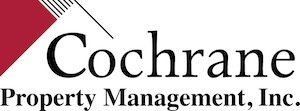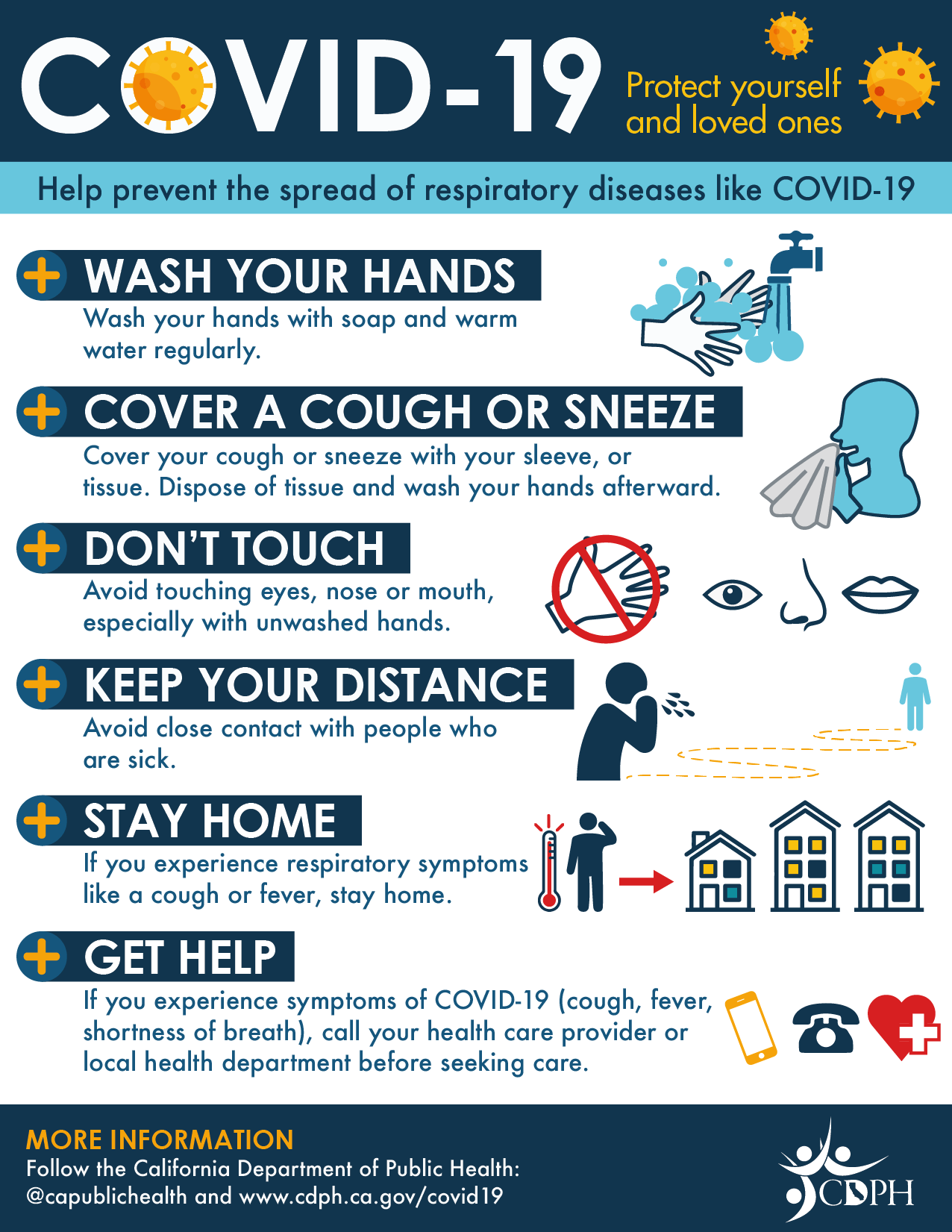AB1482 Frequently Asked Questions
AB1482 - Frequently Asked Questions for Owners/Tenants

AB1482 (TENANT PROTECTION ACT OF 2019) was passed into CA Law and went into effect on January 1, 2020. AB 1482 imposes rent caps on some residential rental properties in California. It also imposes “just cause” eviction requirements that apply after residents have occupied the unit for a 12 month period of time. The law exempts certain properties from the rent caps and just-cause requirements, including (1) most single-family homes and condominiums, and (2) housing built within the last 15 years. In cities that already have a rent control ordinance in place (under the Costa-Hawkins Rental Housing Act), AB 1482 extends rent caps to some additional housing that is otherwise not covered under the existing local ordinance.
FAQ's
ANNUAL RENT INCREASE LIMITATIONS (“RENT CAP”)
How much can I raise the rent each year?
You may raise the rent up to 5% plus the applicable Consumer Price Index (CPI) or 10%, whichever is lower. In SB County the CPI is currently 4%, so the maximum rent increase is 9%. New CPI numbers come out every year in May. Percentage change in the CPI would mean the percentage change from April 1 of the prior year, to March 31 of the current year for the region in which the rental property is located. Your calculation must be from the lowest gross rental rate charged for the unit at any time during the 12 months prior to the effective date of the increase. To find the maximum rent increase allowed for your region, please see the State of California CPI Index Page.
How many times may I increase the rent each year?
For renters who have lived in the unit for more than 12 months, you may raise the rent up to two times within that period, as long as the total increases do not exceed the state’s rent cap.
JUST CAUSE EVICTIONS
How do evictions work under AB 1482?
All evictions must be based on “just cause” meaning the owner must have a just cause for the eviction. “Just cause” is divided into two categories –
at-fault evictions and
no-fault evictions. The law requires that you provide a reason for the eviction (in the notice to quit) and it must fall within the permissible reasons, as set forth by the law. You may not just issue a 30 or 60-day notice of termination of tenancy, there must be a cause. No-fault evictions require a relocation or rent waiver.
What are at-fault causes?
“AT-FAULT” JUST CAUSES
The owner must have evidence to support the basis for the eviction based on any of the following:
- Failure to pay rent;
- Breach of a material lease term, as defined by the law;
- Maintaining, committing, or permitting the maintenance or commission of a nuisance, as defined by the law;
- Committing waste, as defined by the law;
- Written lease terminated on or after January 1, 2020 and after a written request from the owner, the renter has refused to execute on a written extension or renewal of the lease based on similar lease terms;
- Criminal activity by the renter on the property, including any common areas, or any criminal activity or criminal threat on or off the property that is directed at any owner or agent of the owner;
- Assigning or subletting in the premises in violation of the lease;
- Refusing the owner access to the unit as authorized under the law;
- Using the premises for unlawful purposes, as defined by the law;
- An employee (e.g. resident manager), agent or licensee’s failure to vacate after their termination;
- Failure to deliver possession of the unit following written notice to the owner of the renter’s intention to terminate the lease, which the owner has accepted in writing.
What are no-fault causes?
“NO-FAULT” JUST CAUSES
Intent by the owner or owner-relative to occupy the unit. This includes the owner’s spouse, domestic partner, children, grandchildren, parents, or grandparents only. For leases entered into on or after July 1 2020, the owner would only be permitted to occupy the unit, if the renter agrees in writing to the lease termination or the lease includes a provision providing for lease termination based on owner or owner-relative occupancy;
- Withdrawal of the rental property from the rental market;
- Intent to demolish or substantially remodel the unit;
- Owner is complying with a local ordinance, court order, or other government entity resulting in the need to vacate the property.
Under what circumstances am I required to pay relocation assistance or issue a rent waiver?
When the termination of a tenancy is based on a no-fault just cause, the renter is entitled to relocation assistance or a rent waiver. You can decide in which manner you want to compensate the tenant.
If I choose to pay relocation assistance, how much am I required to pay and when?
The relocation fee must be equal to one month of the renter’s rent in effect as of the date that the notice of termination of tenancy was issued. The relocation fee must be paid to the renter within 15 calendar days of the service of notice of termination of tenancy. In the City of Santa Barbara, a 3 month rent relocation fee is required for a no-fault just cause.
EXEMPTIONS FROM AB 1482Just Cause Eviction Exemptions
If your property is one of the following, it is exempt from AB 1482’s just cause provisions, regardless of any local ordinance adopted after January 1, 2020:
- Transient and tourist hotel occupancy (as defined by law);
- Housing accommodations in a nonprofit hospital, religious facility, licensed residential care facility for the elderly, as defined by the law;
- Dormitories owned and operated by an institution of higher education or a kindergarten and grades 1 to 12, inclusive, school;
- Owner-Occupied housing accommodations in which the tenant shares a bathroom or kitchen facilities with the owner who maintains principal residence with the residential real property;
- Owner-occupied duplex in which one of the units is the owner’s primary residence at the beginning of the tenancy and the owner continues in occupancy;
- New Construction –housing that was issued a certificate of occupancy within the previous 15 years. This means some of the housing previously exempt under Costa Hawkins will now be subject to the State’s rent control provisions.
- Single-family homes and condominiums if the owner is not a real estate investment trust, a corporation, or a limited liability company in which at least one member is a corporation.
Rent Control Exemptions
If your property is included in the list below, it is exempt from AB 1482:
- Housing restricted by a deed, regulatory restriction contained in an agreement with a government agency, or other recorded document as affordable housing for persons and families of very low, low, or moderate income, as defined by the law;
- Dormitories constructed and maintained in connection with any higher education institution within the state for use or occupancy of students in attendance at the institution;
- Housing subject to more restrictive rent control ordinances;
- New Construction – housing that was issued a certificate of occupancy with the previous 15 years. This means some of the housing previously exempt under Costa Hawkins will now be subject to the State’s rent control provisions.
- Owner-Occupied housing accommodations in which the tenant shares a bathroom or kitchen facilities with the owner who maintains principal residence with the residential real property;
- Owner-occupied duplex in which one of the units is the owner’s primary residence at the beginning of the tenancy and the owner continues in occupancy;
- Single-family homes and condominiums if the owner is not a real estate investment trust, a corporation, or a limited liability company in which at least one member is a corporation.
Please reach out to us if you have questions about property management or current laws: (805) 965-2887 or www.cochranepm.com.
For more resources, visit CA Apartment Association and California Rental Housing Association





